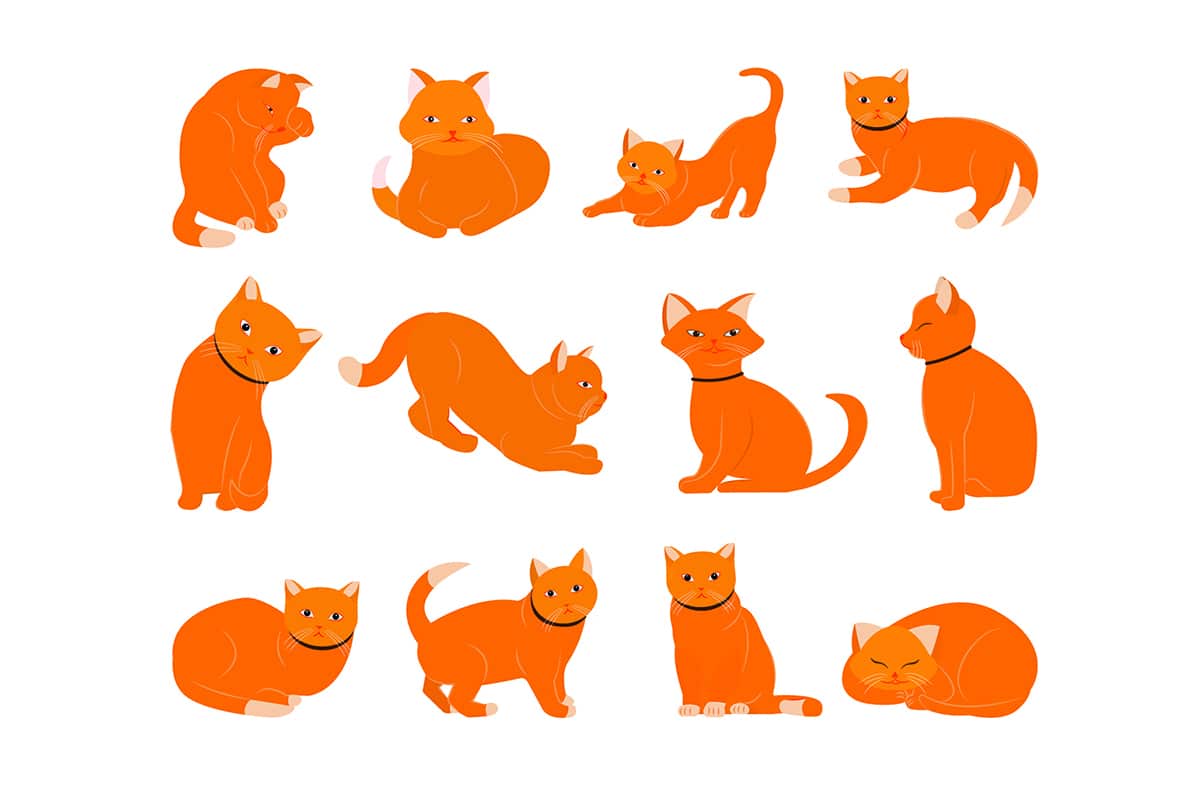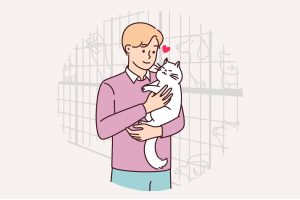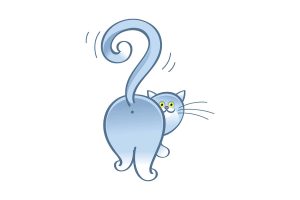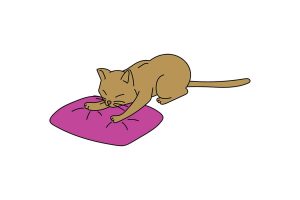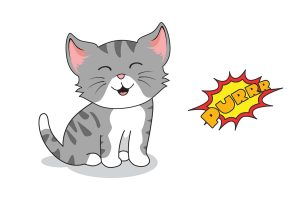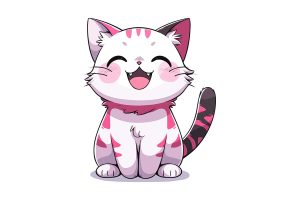Have you ever found yourself staring into the enigmatic eyes of your feline friend? Cats often seem like they’re plotting world domination or at least planning the logistics of their next nap. But beneath that mysterious exterior lies a complex language of body language, waiting to be deciphered.
This guide is your decoder ring to the world of cat body language. It will unlock the secrets of tail twitches, ear flicks, and the all-telling purr. Seasoned cat parents or those new to the game are welcome to learn a thing or two about the mysterious feline mannerisms.
1. The Tail Tells
The cat tail is that majestic, fluffy appendage that seems to have a mind of its own. Far from just a tool for balancing or a cozy blanket for their noses, a cat’s tail reveals everything from their current mood to their intentions.
a. Erect Tail

As your cat proudly marches your way with its tail up, it’s more than a display of balance. The tail, standing straight with a gentle curve, is a beacon of their joy and openness to interaction. It’s an open invitation for you to engage, whether through play or affectionate strokes.
b. Tail Hook at the End

A tail raised high with a playful hook signifies your cat’s friendly intentions, much like a warm handshake among friends. This relaxed posture suggests they’re in a sociable mood, possibly ready for some playful engagement or a soft scratch under the chin.
c. Puffed Tail
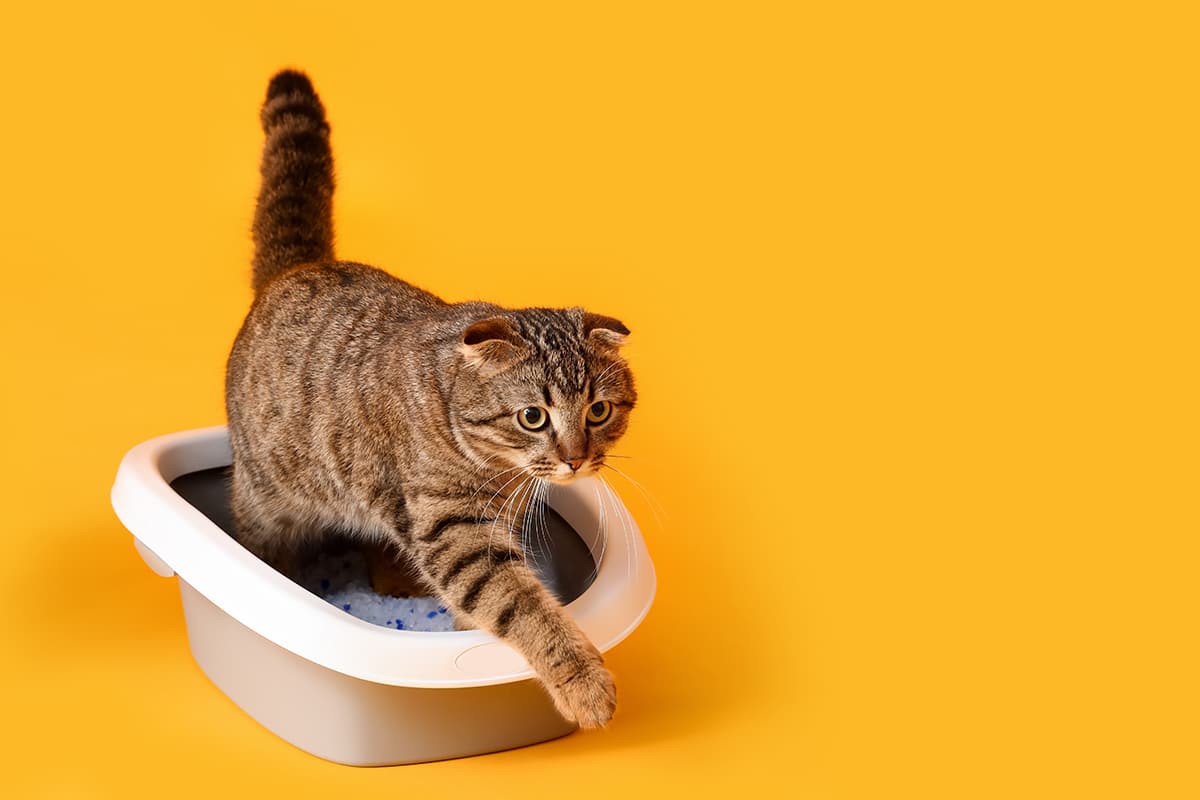
A tail that resembles a bottle brush signals your cat’s fear or surprise. This fluffed appearance is a defensive tactic, intended to make them seem larger to whatever startled them. In these moments, it’s wise to give your cat the space they need to calm down.
d. Low or Tucked Tail

When your cat’s tail is low or hidden between their legs, it’s a clear indication of anxiety or submissiveness. This could be due to new additions in the home or feelings of insecurity.
e. Tail Twitching
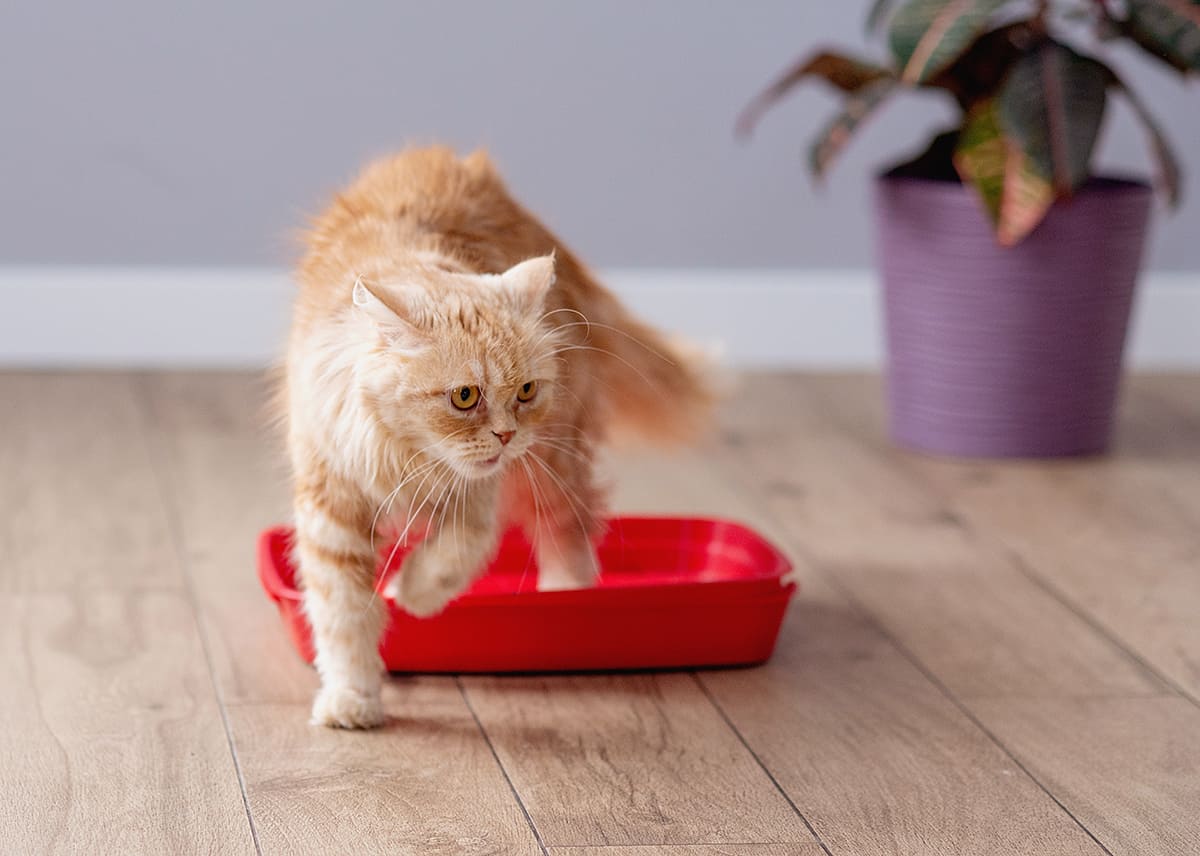
The nuances of tail twitching can be complex, with gentle twitches often indicating deep concentration and sharper twitches suggesting irritation or discomfort. Recognizing these signs is crucial for knowing when to step back and allow your cat some tranquility.
f. Tail Wrapped Around Your Legs
A tail encircling your legs is the ultimate sign of feline affection, symbolizing their acceptance of you as part of their family. These moments, where your cat demonstrates trust and love by such a sweet gesture, are to be cherished deeply.
2. Eyes Wide Open
The cat’s eyes are those mesmerizing orbs that sparkle with mystery and emotion. A cat’s eyes unveil a spectrum of feelings, from intrigue and excitement to trust and affection.
a. Dilated Pupils
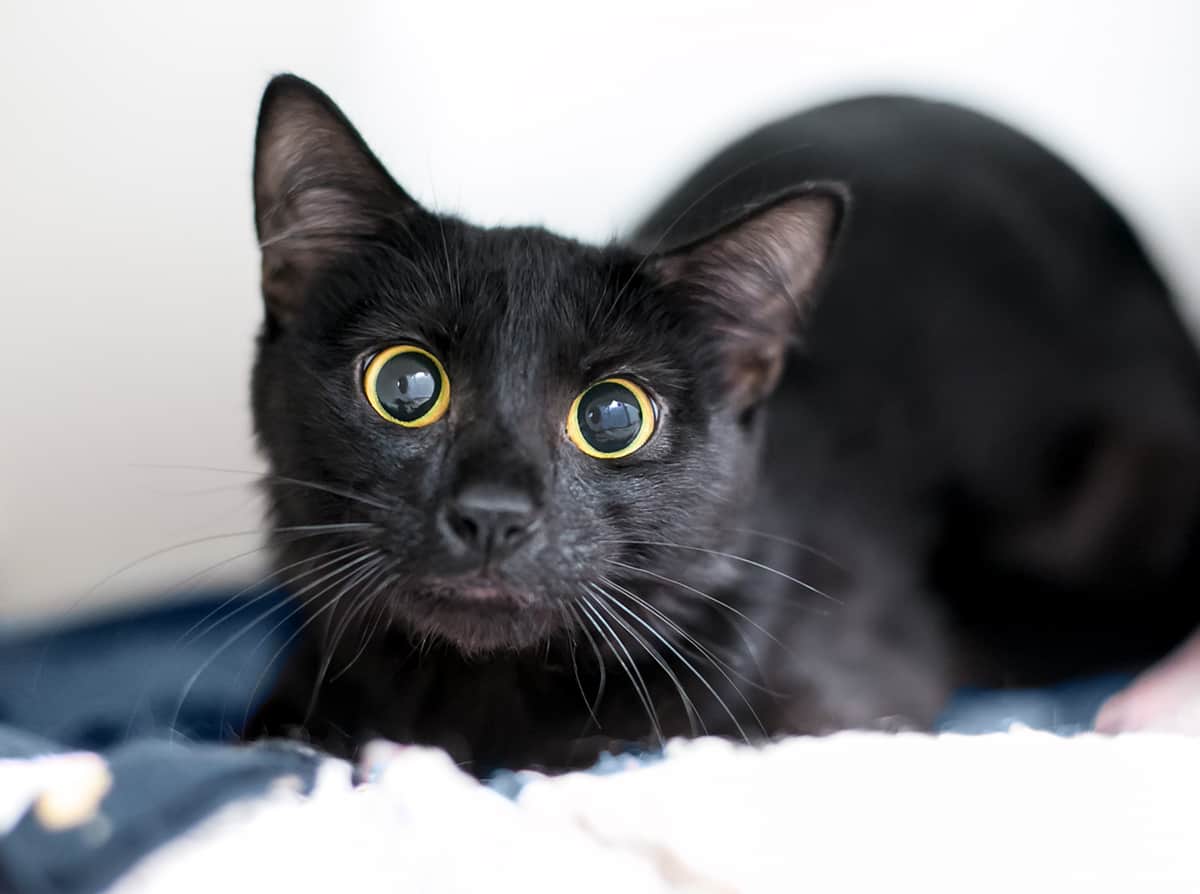
Noticed your cat’s eyes turning into large circles? This change can suggest they’re feeling playful or excited, yet it might also signal anxiety. If accompanied by signs like a twitching tail or pinned-back ears, it could be a cue to tone down the stimuli and provide a soothing environment.
b. Slit Pupils
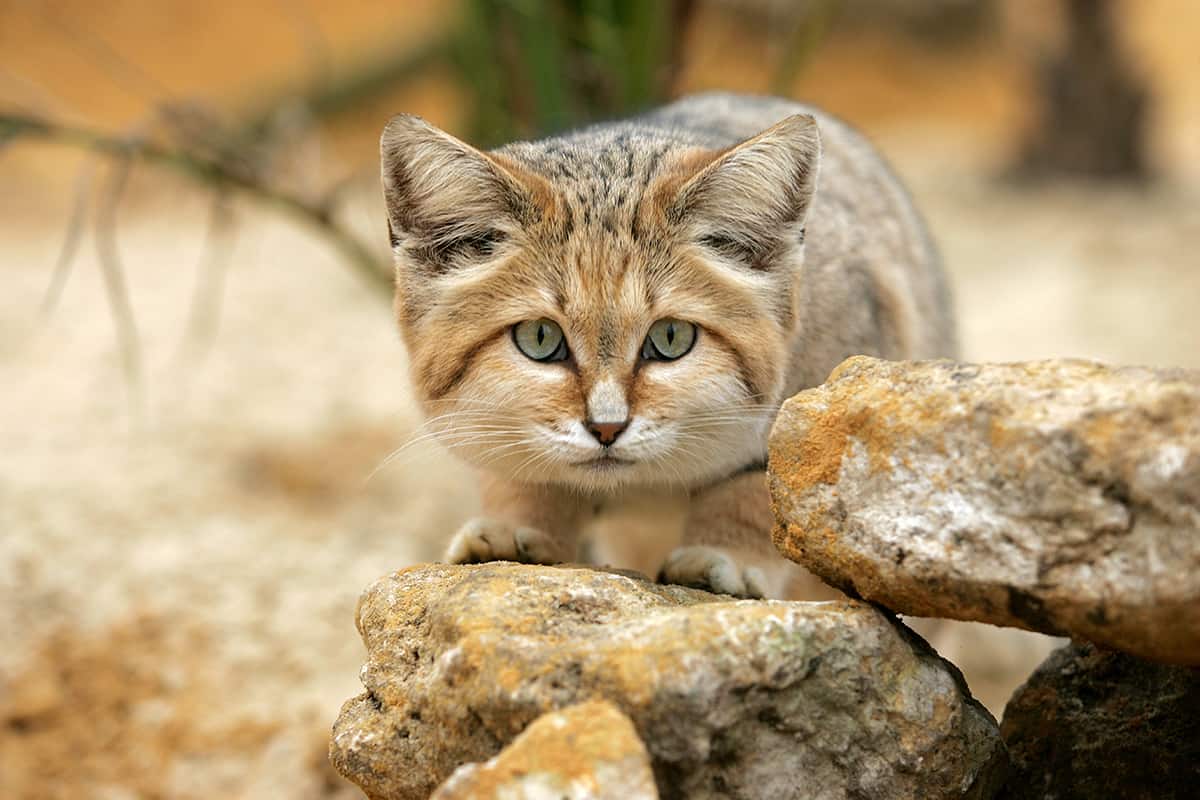
Conversely, slit-shaped pupils may indicate your cat is soaking up sunlight or feeling confrontational. These narrowed eyes enhance focus, perfect for stalking prey or a surprise attack on toys. However, combined with a tense posture, they might be preparing for a less friendly interaction.
c. Slow Blinking
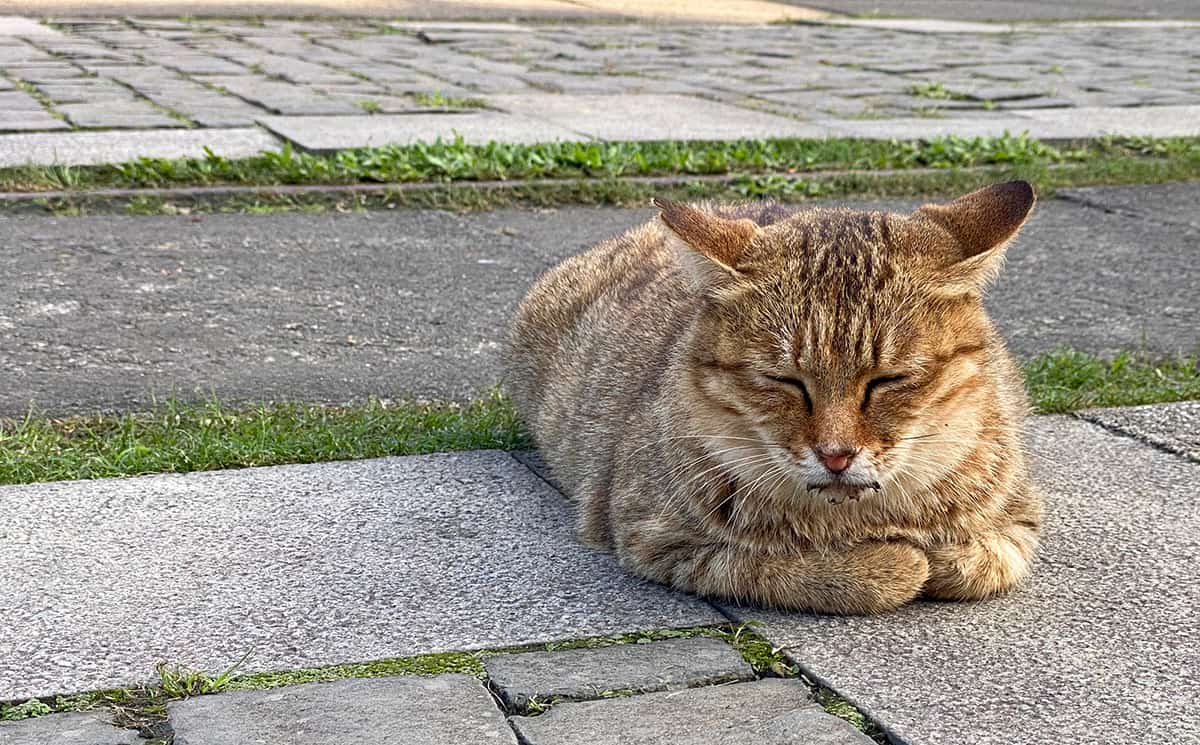
The slow blink stands as a testament to cat communication, symbolizing trust and affection. This deliberate blinking is their way of showing love, a genuine “cat kiss.”
d. The Stare Down

Staring plays a significant role in how cats communicate. An unblinking gaze often asserts dominance or signals aggression, akin to a challenge. Such a stare, especially at home, could express their displeasure with changes in their routine.
e. The Half-Closed Eyes
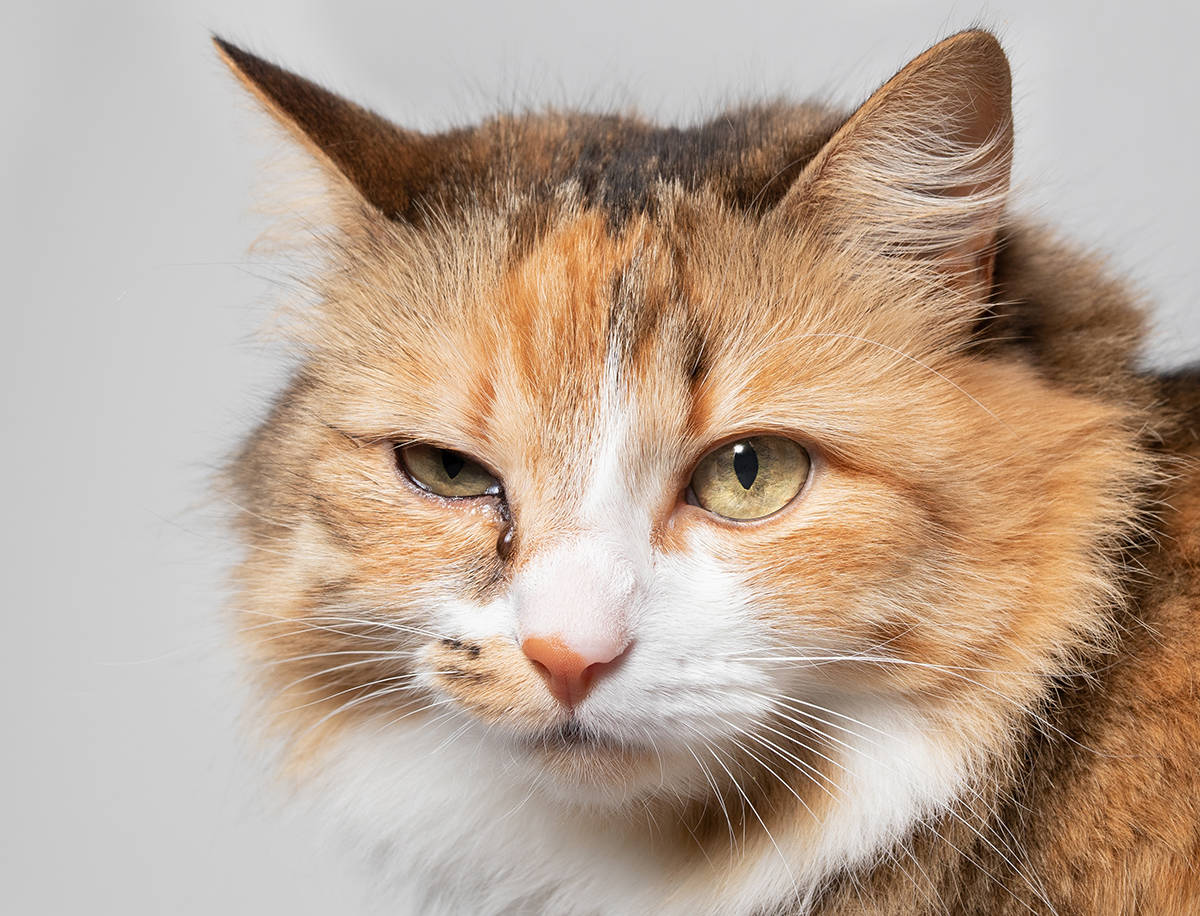
Catching your cat with half-closed eyes is a clear indicator of their comfort and trust in your presence, suggesting they feel completely at ease and might be on the verge of napping.
f. Eyes Wide Open
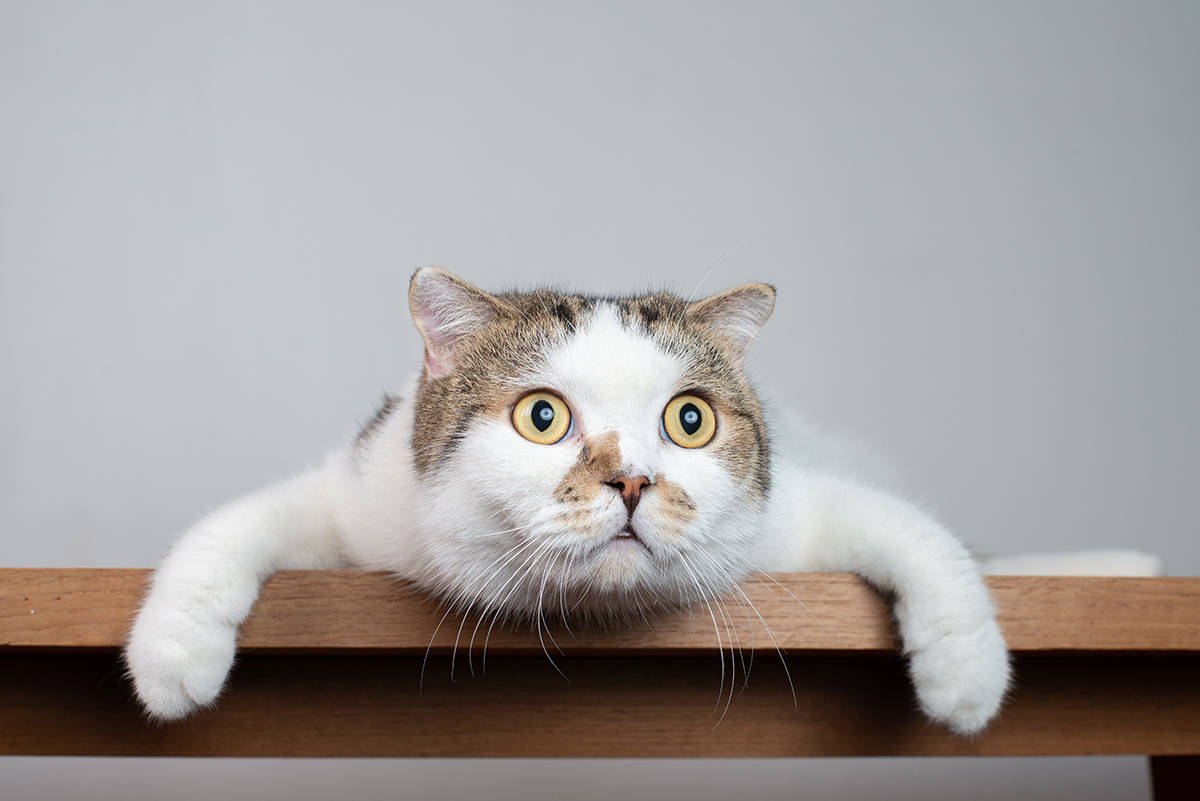
A cat with eyes wide open, fixated on something, is utterly alert. This level of focus is instinctual, whether they’re observing a bird or intrigued by the sound of treats. It signifies a moment of intense concentration on their environment or potential prey.
3. Ears Speak Volumes
The cat’s ears are those expressive, perceptive satellites perched atop their head. Your cat’s ears can mean everything from their emotional state to their immediate intentions.
a. Forward Ears

This position signals alertness and interest in their surroundings. It could be a bird flitting by the window or you opening a can of their favorite food. Their forward-facing ears are radar dishes, catching every sound wave of potential excitement.
b. Flattened Ears
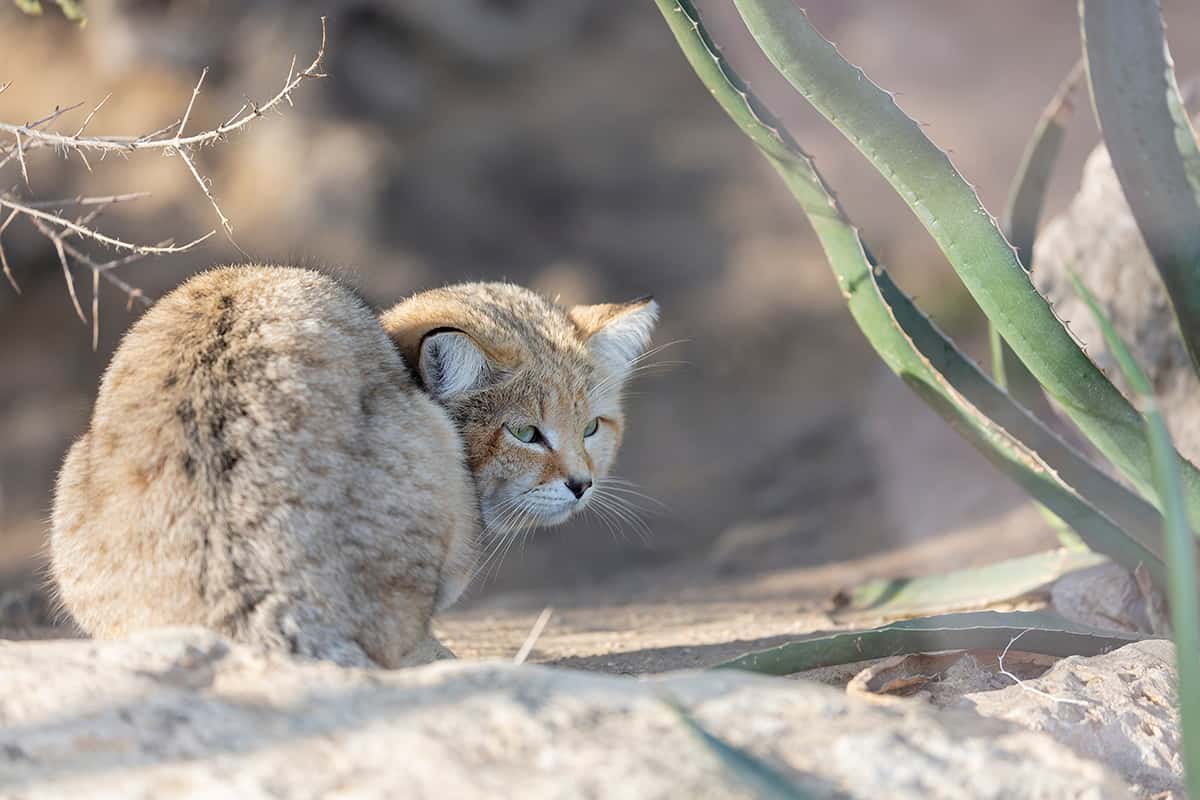
Now, if your cat’s ears are flattened against their head, they’re in a defensive posture. This is a clear sign of fear, aggression, or irritation. It’s a protective stance, preparing them for fight or flight. If you see those ears flatten, give your cat some space.
c. Swiveling Ears
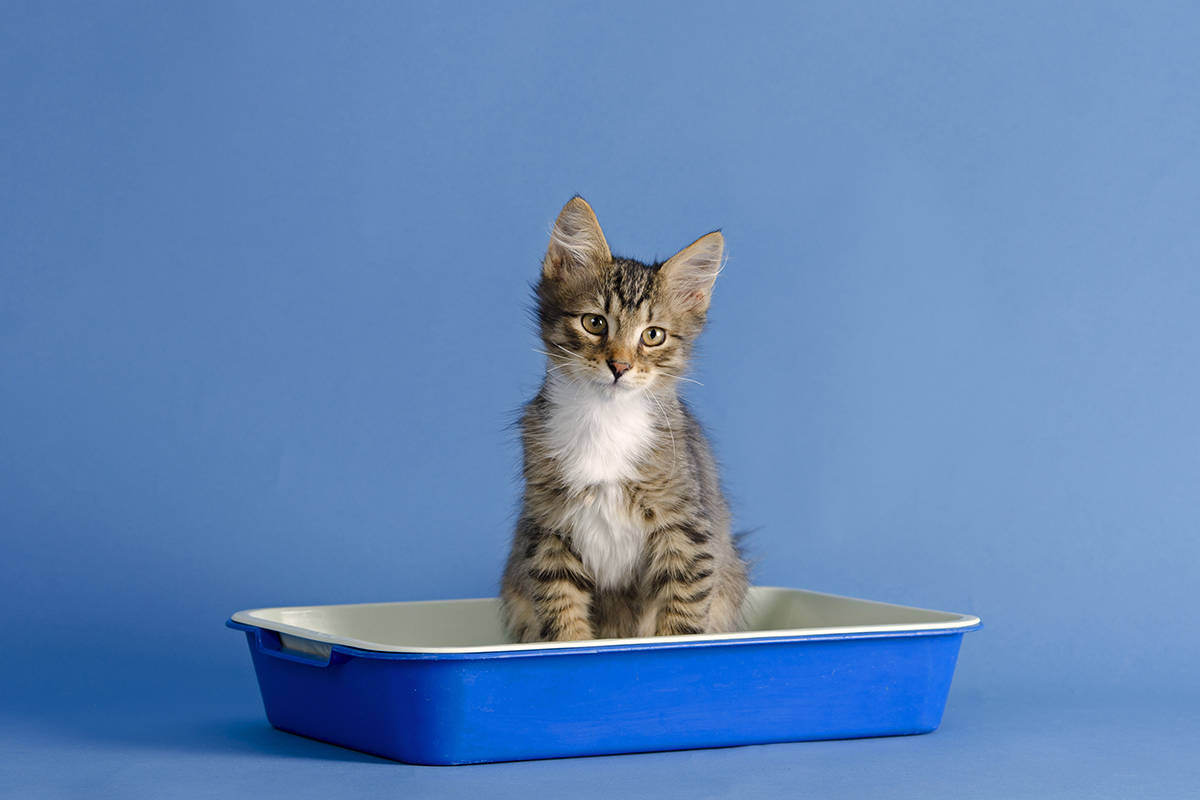
Cats have the remarkable ability to swivel their ears. This is the perceptive listener at work. One ear might cock forward while the other listens behind, a fascinating display of their auditory prowess.
d. Sideways Ears
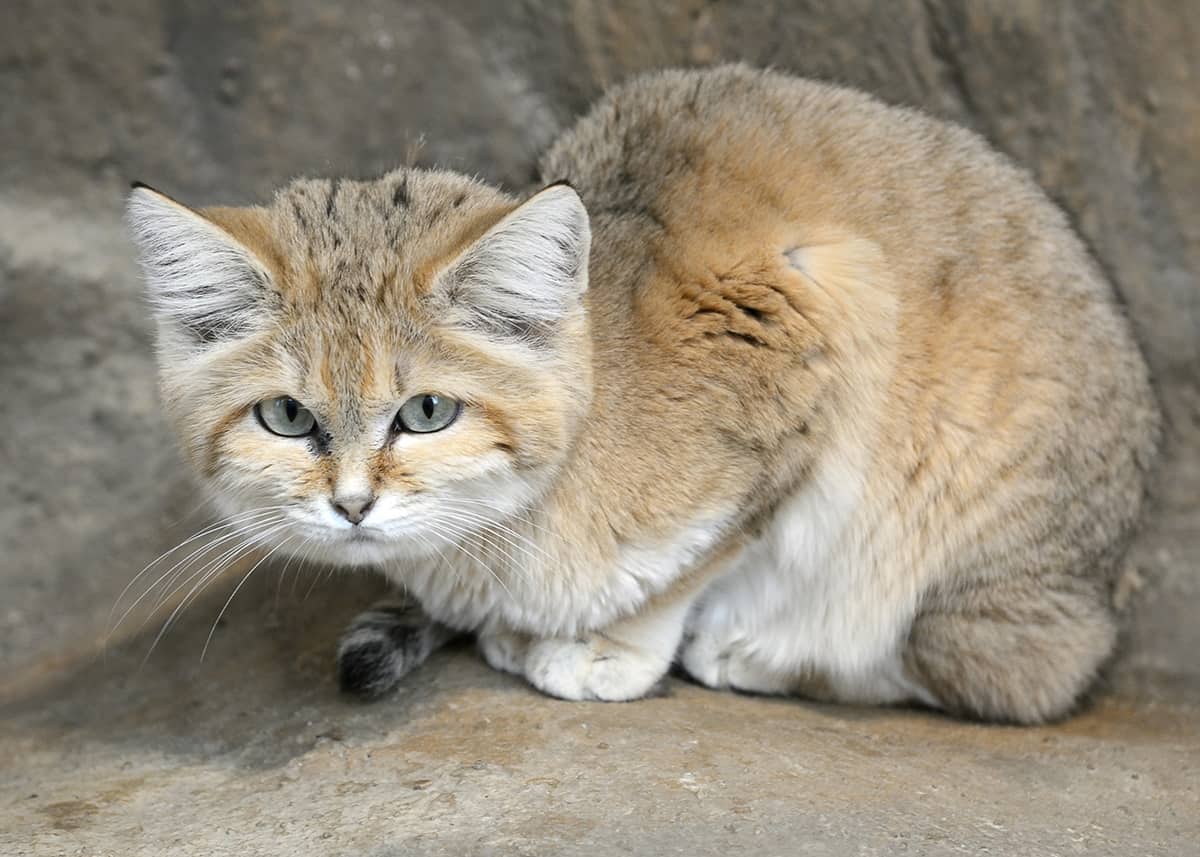
When a cat’s ears are turned sideways or out to the side, they’re sitting in the audience of ambivalence. This position can signal mild discomfort, annoyance, or uncertainty. Your cat might be unsure about a new pet in the house or feeling a bit grumpy about being woken from a nap.
e. One Ear Forward, One Ear Back

This ear arrangement is like a symphony of mixed emotions, perhaps interest mixed with caution or curiosity tinged with annoyance. Maybe they’re curious about the new toy you’ve brought home but also a bit wary of this unfamiliar object.
f. Ears Back but Relaxed

This ear position often accompanies a relaxed body posture and indicates contentment. Your cat might be enjoying a gentle petting session or basking in the sun. It’s a sign of trust and comfort, a silent thank you for your companionship.
4. Whisker Wisdom
Whiskers stand out as one of the most intriguing tools in a cat’s expressive arsenal. These sensitive, sophisticated sensors are key players in the cat’s daily interactions with the world around them.
a. Forward Whiskers
This whisker position signals heightened curiosity and interest. Whether they’re stalking a toy or investigating a new nook in the house, forward-pointing whiskers mean your cat is fully engaged and ready to dive into adventure.
b. Pulled Back Whiskers
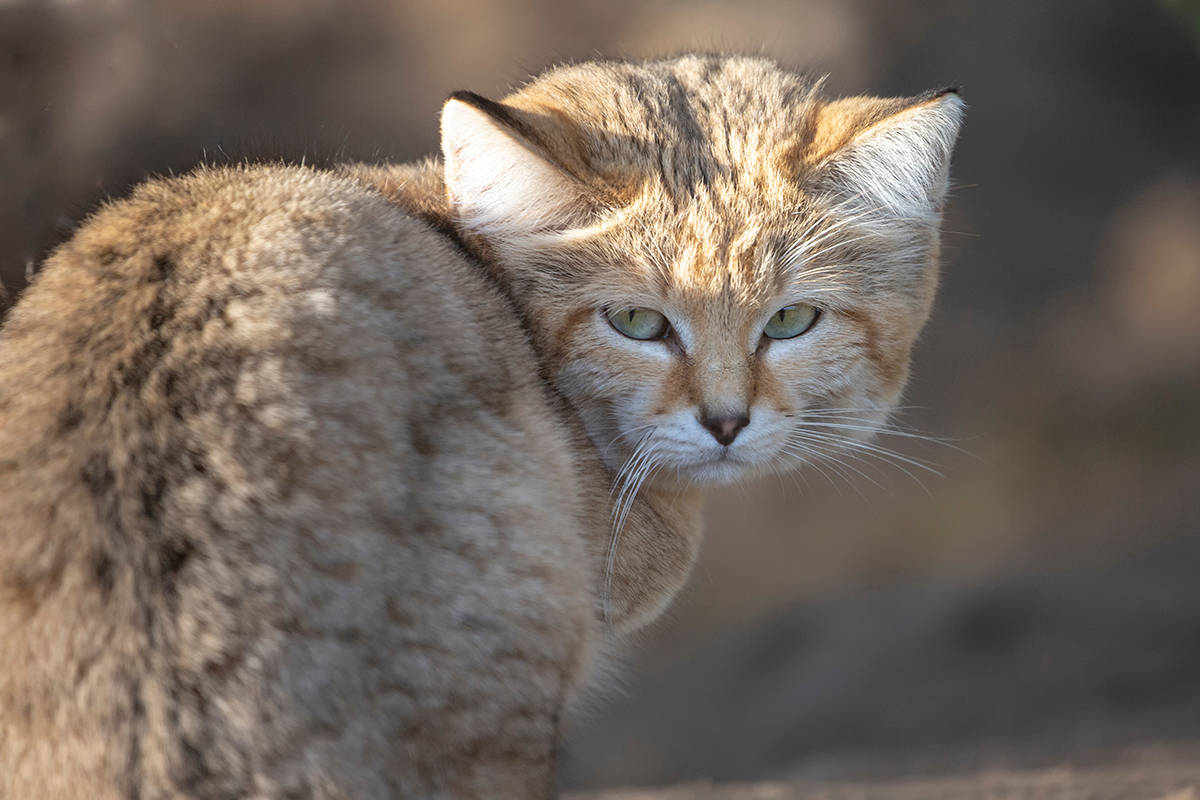
Conversely, when a cat’s whiskers are pulled tightly back against their face, it’s a clear indication they’re feeling defensive or threatened. This whisker tuck is part of a broader body language strategy to make themselves smaller and less noticeable to potential threats. It can also signal aggression.
c. Neutral Whiskers
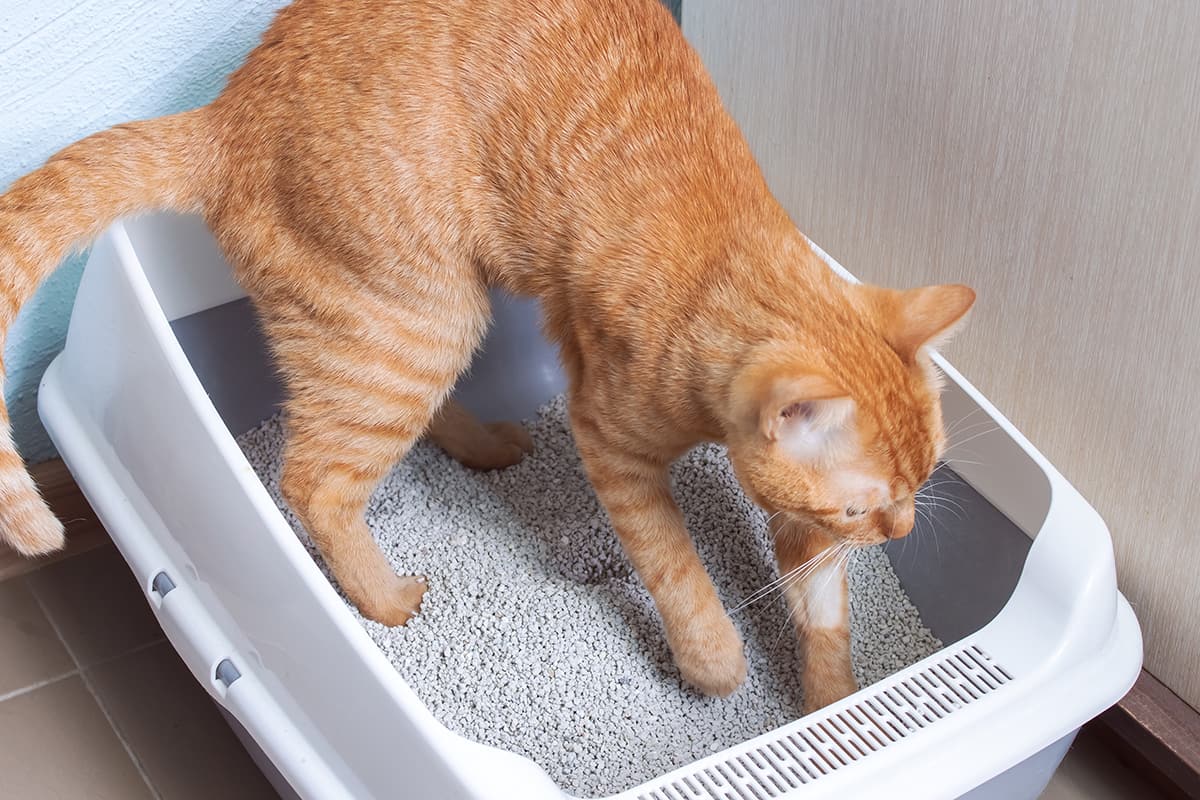
Whiskers that rest gently to the side, in a neutral position, reflect a cat in a state of contentment and relaxation. This is your cat in their default, happy-go-lucky mode. A cat with neutral whiskers is likely lounging in their favorite spot.
d. Whisker Fatigue
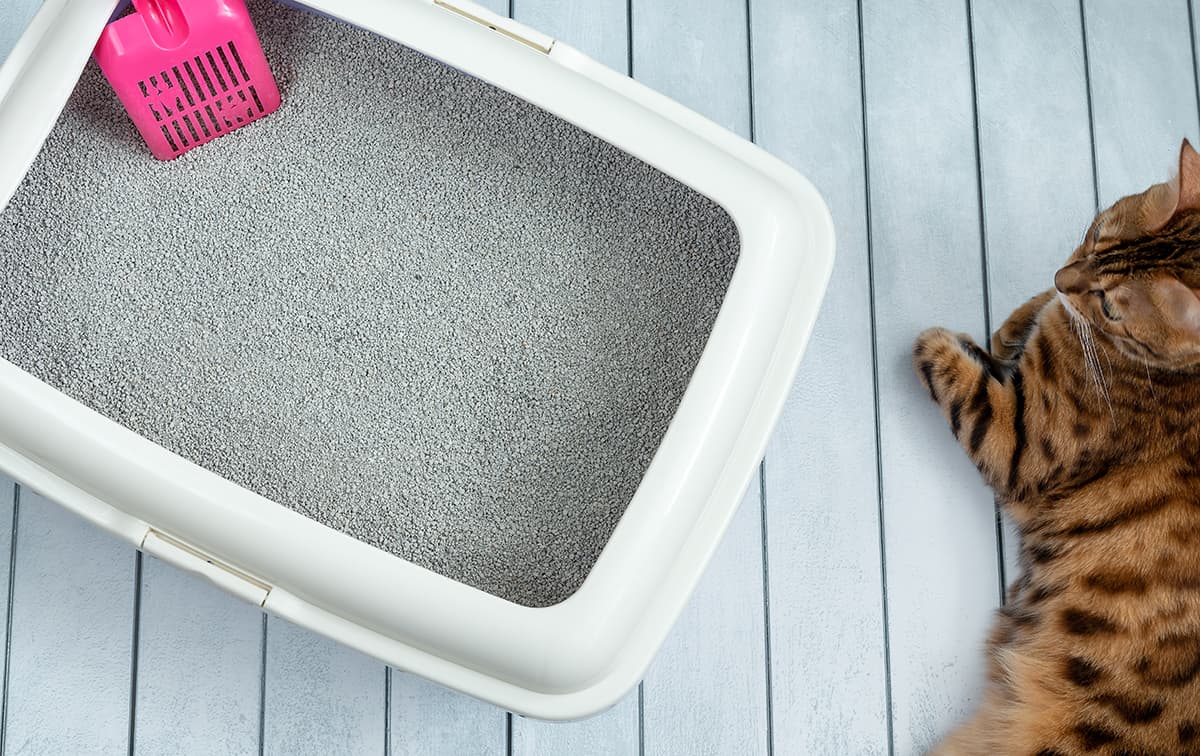
This can happen when their whiskers repeatedly brush against the sides of a narrow food dish or when they navigate through tight spaces. Signs of whisker fatigue include refusing to eat or drink from their bowls, appearing hesitant to explore new areas, or acting generally irritable.
e. Whiskers as Measuring Tools
Cats use their whiskers as sophisticated measuring tools to assess whether they can fit through openings or gauge distances. The width of a cat’s whiskers is roughly the width of their body (excluding, of course, those extra fluffy parts).
5. Facial Expressions
While cats may not smile or frown in the human sense, their facial expressions are a rich tapestry of signals. With a bit of patience and observation, you can learn to read these subtle cues.
a. Nose Touching
Have you ever been greeted by your cat with a soft nudge of their nose? This tender gesture is the cat’s version of a warm hello, a sign of affection and trust A nose touch can also be a request for attention, so consider it an invitation to engage in some gentle petting or a playful session.
b. Yawning
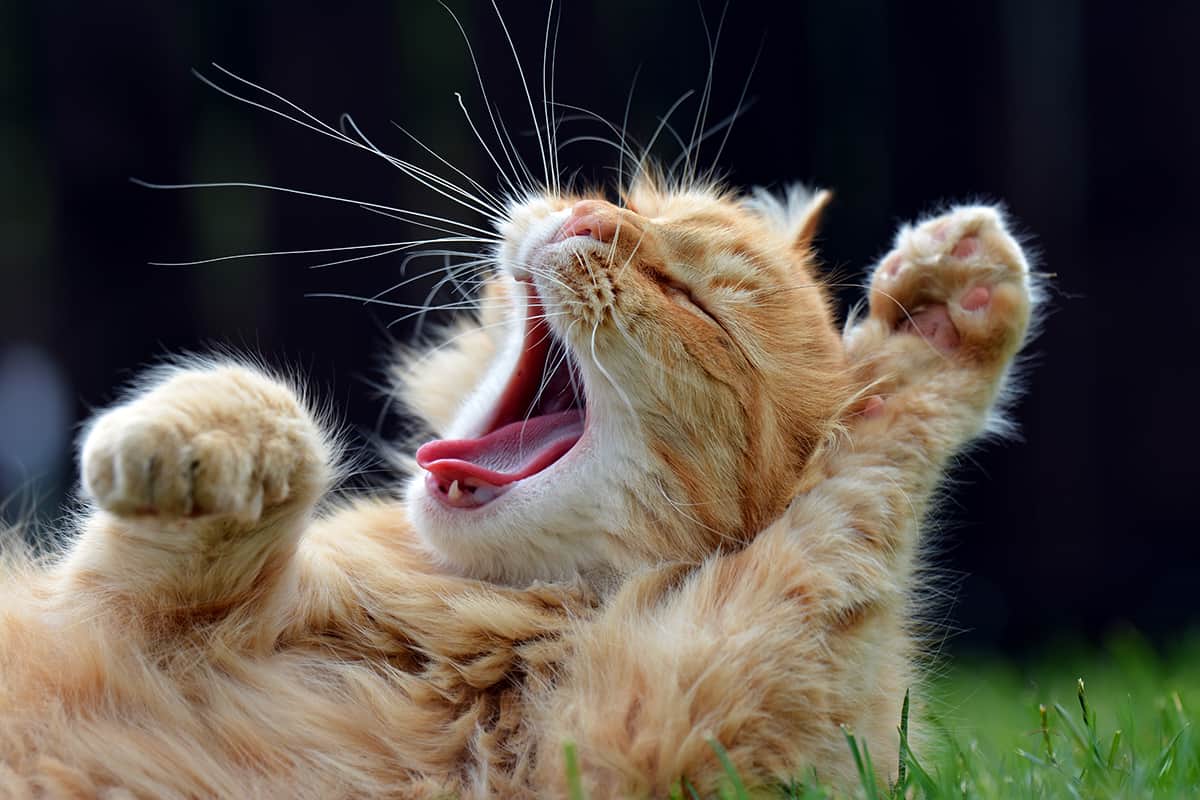
While a yawn in humans might indicate boredom or tiredness, in cats, it often signifies a state of relaxation. When your cat yawns in your presence, it’s a sign they feel comfortable and safe around you. However, in some contexts, yawning can also be a way for cats to relieve tension or stress.
c. Blinking Slowly
The slow blink from a cat, often referred to as “cat kisses,” is a profound expression of trust and affection. They’re saying, “I love and trust you.” You can return this gesture by slowly blinking back.
d. Whisker Position

Whiskers that are relaxed and slightly splayed out indicate a content and calm cat. In contrast, whiskers that are pinned back against the face signal fear or aggression.
e. Ears Movement
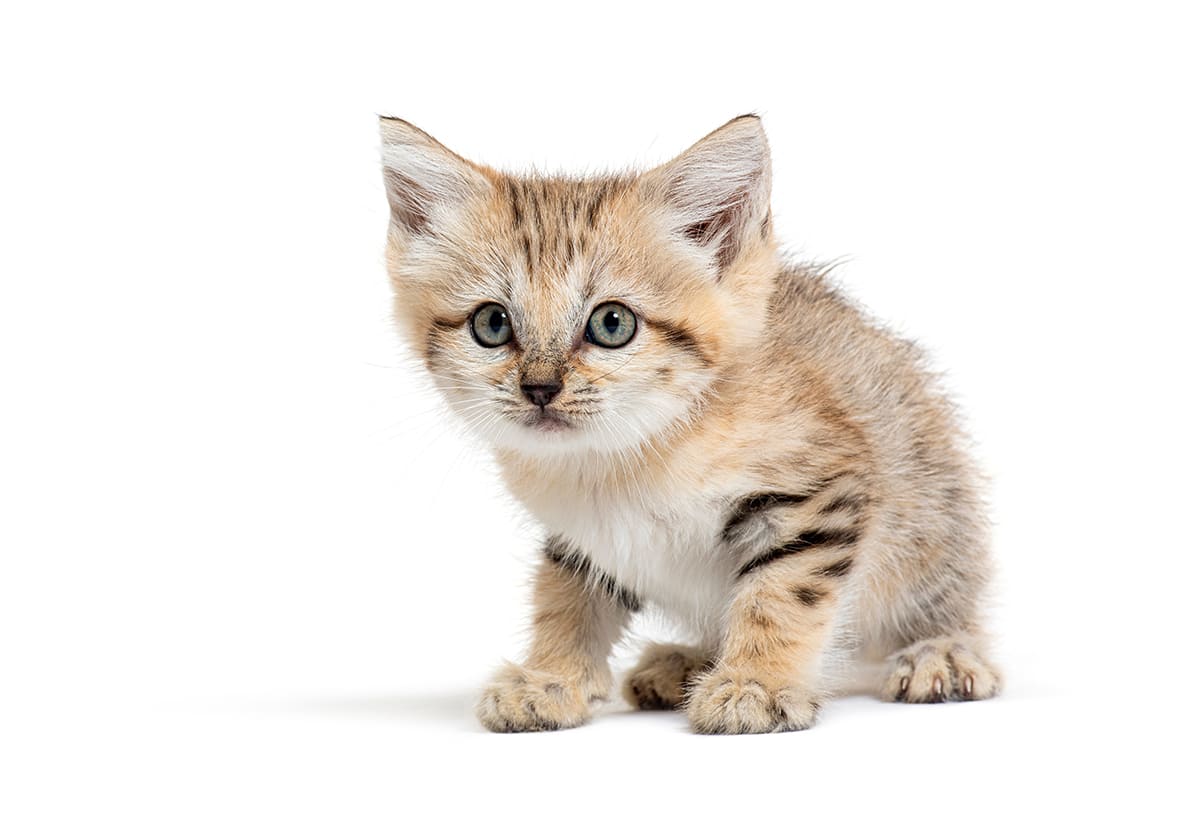
Ears that are pricked forward show interest and curiosity, while ears that are flattened back against the head indicate fear, aggression, or irritation. If your cat’s ears are twitching or rotating, they’re likely trying to pick up on sounds from their environment.
f. Eyes Wide Open

When a cat’s eyes are wide open, and their gaze is fixed, it’s a sign they’re highly alert and focused on something in their environment. This could be due to interest in a toy or prey, or it might be a reaction to something unusual or concerning.
6. Posture and Movement
Your car uses its body to tell a story, with every arch of their back, stretch of their limbs, and subtle shift in stance conveying volumes about their feelings and intentions.
a. Arching Back

An arched back with a bushy tail isn’t just for spooky season aesthetics. It’s your cat’s method of looking more formidable when they’re frightened or threatened, a clear “keep away” signal to anything that alarms them.
b. Rubbing Against People

Your cat’s tendency to rub against you isn’t solely for affection—though that’s a big part of it. This action, also called bunting, doubles as a way for them to lay claim to you with their scent, marking you as a safe and familiar part of their world.
c. Kneading
The act of kneading, where your cat presses their paws alternately, is a throwback to kittenhood behaviors of stimulating milk flow. As adults, it signifies they’re feeling blissful and may also serve as a self-soothing practice.
d. Lying on Back

Seeing your cat belly-up might tempt you to go in for a rub, but be mindful. This exposure can signify trust, yet it’s also a position of defense, with their belly being a sensitive spot not all cats like touched.
e. Crouching

When your cat crouches, body low and hind slightly elevated, they’re likely gearing up in predator mode. This stance is primed for pouncing on their next “prey,” be it an actual small animal or a toy, indicating they’re locked in and ready to leap.
f. Slow Motion Movement
Observing your cat advance with calculated, slow movements is witnessing their predatory instincts in action. This cautious approach is a tactic aimed at catching prey—or sneaking past you—unnoticed.
g. Tail High and Quivering
A tail that’s upright and quivering signals sheer joy at seeing you, often after you’ve been away. It’s a sign of their excitement and happiness, possibly even anticipation for play or treats, showing just how much they’ve missed your presence.
